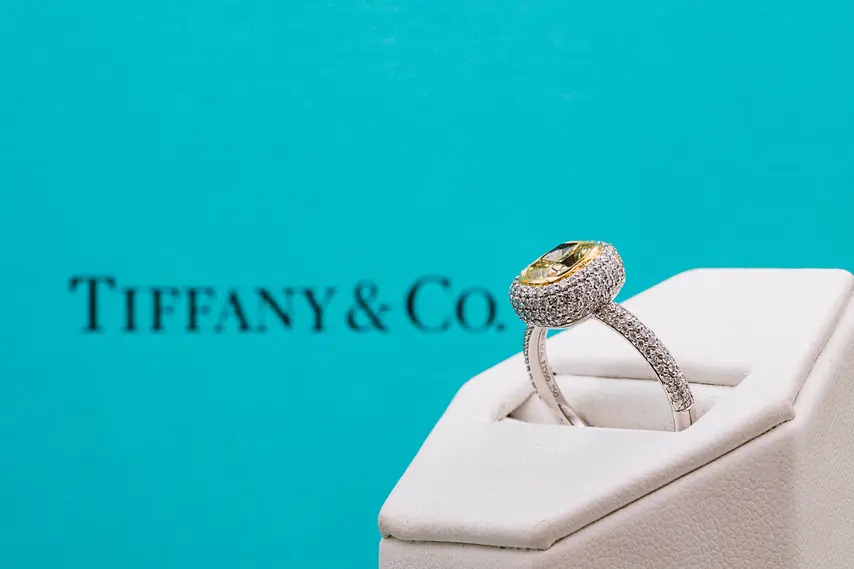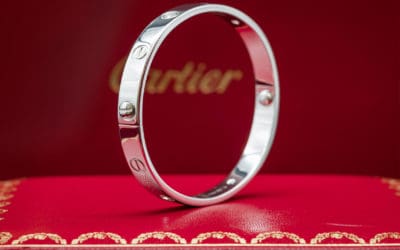Founded in 1837 by Charles Lewis Tiffany and John B. Young in Brooklyn, Connecticut, as a “stationery and fancy goods emporium”, with the help of Charles Tiffany’s father who financed the store for only $1,000 with profits from a cotton mill. While the stores initially sold a range of stationery products, when it was taken over by Charles Tiffany in 1853 it began to focus on jewellery. Unlike many stores, at the time they clearly marked prices on the products sold only for cash and not credit. Charles was ambitious, fearless shows that for a business to succeed often a pioneering spirit is needed.
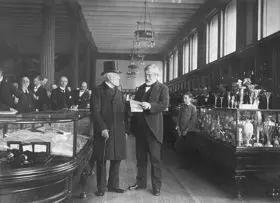
Tiffany Blue Book
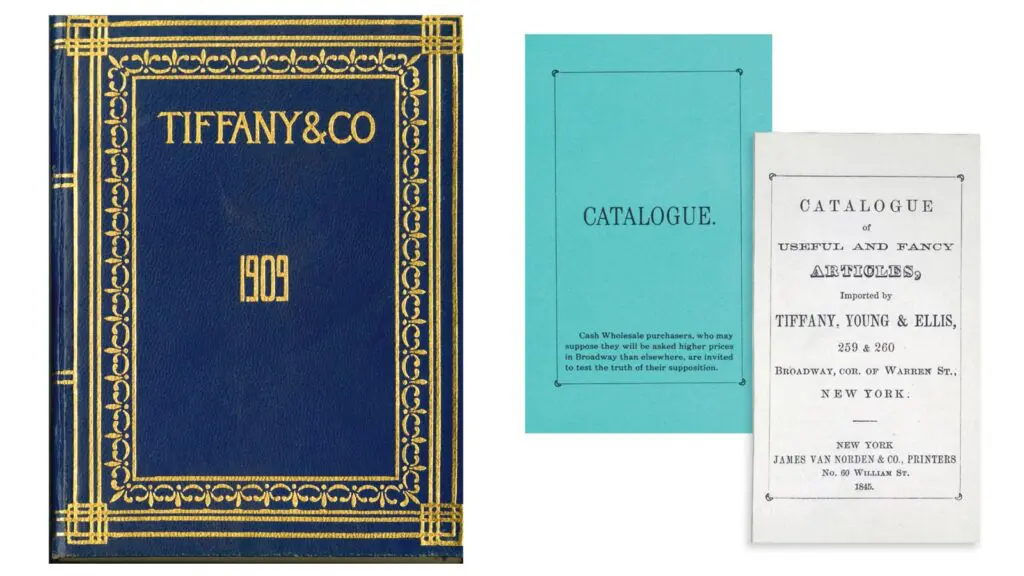
One of the first companies to run a successful mail-order system. The blue book was cutting edge at the time. Long before it was mainstream the world had heard of online shopping, they had this. It came to highlight the blue book collection was first printed in 1845 is still going now as an annual publication. Unbelievably it was first printed 49 years before Vogue magazine. The yearly catalogue had a cover in the iconic blue featured products that could be purchased by sending in a cheque. Nowadays the catalogues are highly sought after at Auctions fetch a high price, but at the time they were a marketing device.
Gilded Age
In 1870 the company built a brand-new store at 15 Union Square West for the price of $500,000. It was described in a newspaper article by the New York times as a “Palace of diamonds”. Tiffany broke new ground again again. First via its ground-breaking pricing, then by mail-order, in order to expand his diamond empire. Charles Tiffany risked all his profits in buying diamonds directly from French aristocrats. This helped set the new American style with a big, clean diamond at the centre. He also shocked the world by purchasing the French crown jewels, which were used in many designs. By this time Tiffany Co had established itself as the most iconic brand of jewellery.
The Tiffany Yellow Diamond
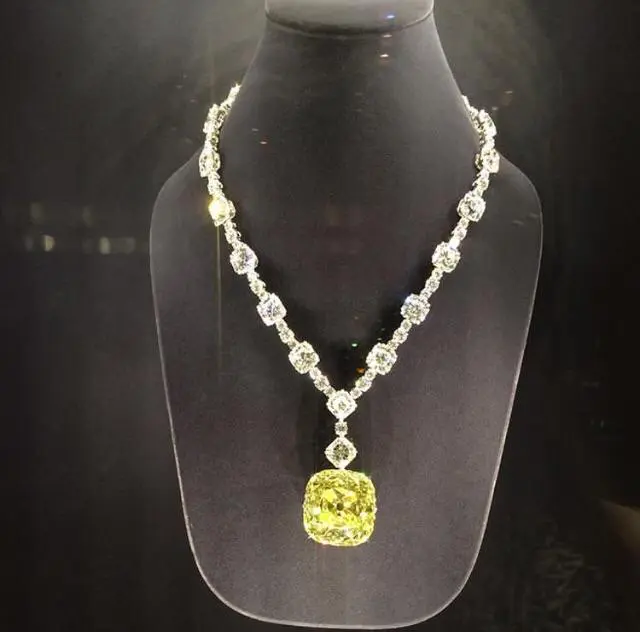
A yellow diamond of extraordinary quality, it is a symbol of quality craftsmanship. Once cut it was still 128 carats officially named “The Tiffany Diamond”. It is recognised as the world’s largest finest yellow diamond ever discovered. Worn twice never sold. It was worn once by Mrs Mary Whithouse at the Tiffany Ball of course by Audrey Hepburn for the 1967 film Breakfast at Tiffany’s.
Tiffany in Modern Times

In modern times, Tiffany has struggled with sales as it has watered down its image price. From a brand that sold the most expensive diamonds in the world, to one that was in reach of most people. Tiffany has made mistakes in its appointments of CEO creative directors. Given Tiffany’s brand fame income was based on the successful gambles of Charles Tiffany it’s not surprising that once he was removed from the helm the business changed.
Tiffany Co is a great example of a business that shaped and changed the time world through the genius of the owner how sometimes 93 stores are enough.
If you are looking to buy Tiffany jewellery, you can browse our pre-owned Tiffany jewellery collection online now. If you are looking to sell your Tiffany jewellery, please get in touch for a quote today.
Read about how to spot fake Tiffany jewellery.


